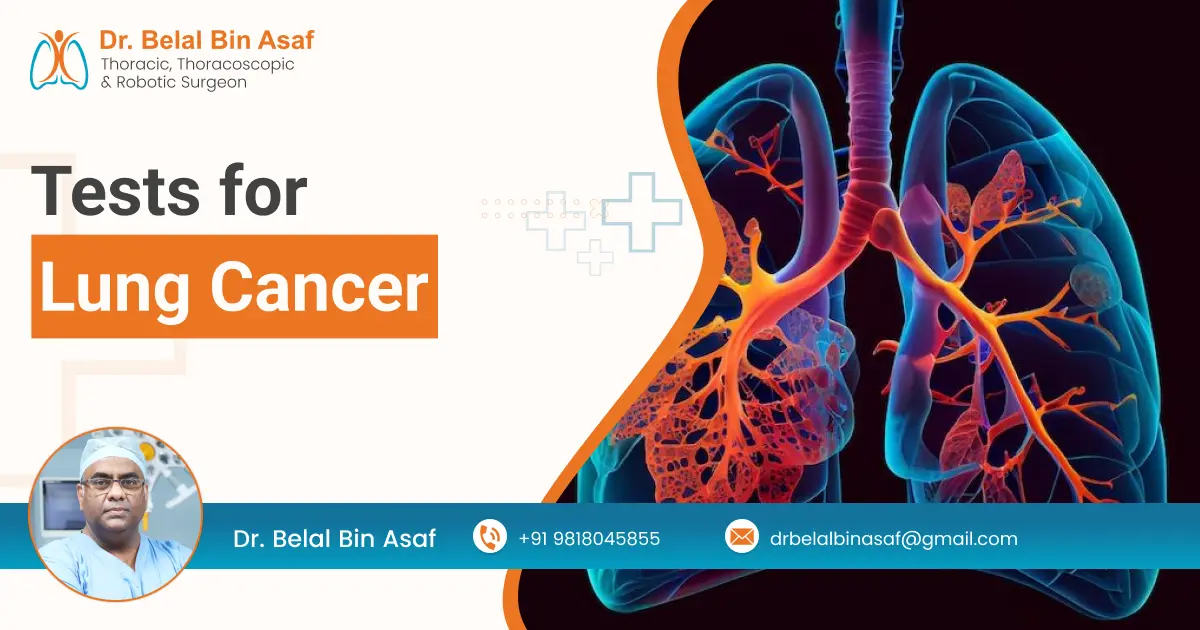Lung cancer is one of the most common and deadly cancers worldwide, but early detection significantly increases the chances of successful treatment. To identify and diagnose lung cancer accurately, healthcare providers use a variety of diagnostic tools. These include imaging techniques, laboratory tests, and different types of biopsies. In this blog, we’ll explore the main tests used to detect lung cancer, with each section answering a key question about the diagnostic process.
Contents
- 1 How Do Doctors Initially Detect Lung Abnormalities?
- 2 What Imaging Tests Provide a More Detailed View of the Lungs?
- 3 Can Lung Cancer Be Diagnosed Without Invasive Procedures?
- 4 How Is a Lung Cancer Diagnosis Confirmed?
- 5 What Are the Different Biopsy Methods Used?
- 6 Are There Surgical Options for Diagnosis?
- 7 How Do These Tests Work Together in Diagnosing Lung Cancer?
- 8 Conclusion
How Do Doctors Initially Detect Lung Abnormalities?
Chest X-ray
The initial step in detecting lung cancer often involves a chest X-ray. This simple and quick imaging test can highlight abnormal masses or nodules in the lungs. Although not always definitive, it often raises the first red flag, prompting further testing.
What it shows:
- Tumors
- Lung collapse
- Fluid around the lungs (pleural effusion)
However, smaller or hidden tumors may not be visible on X-rays, so additional imaging is often necessary.













 +91-9818045855
+91-9818045855
